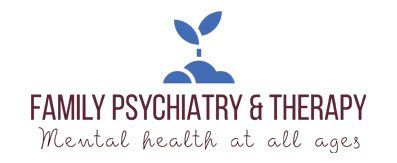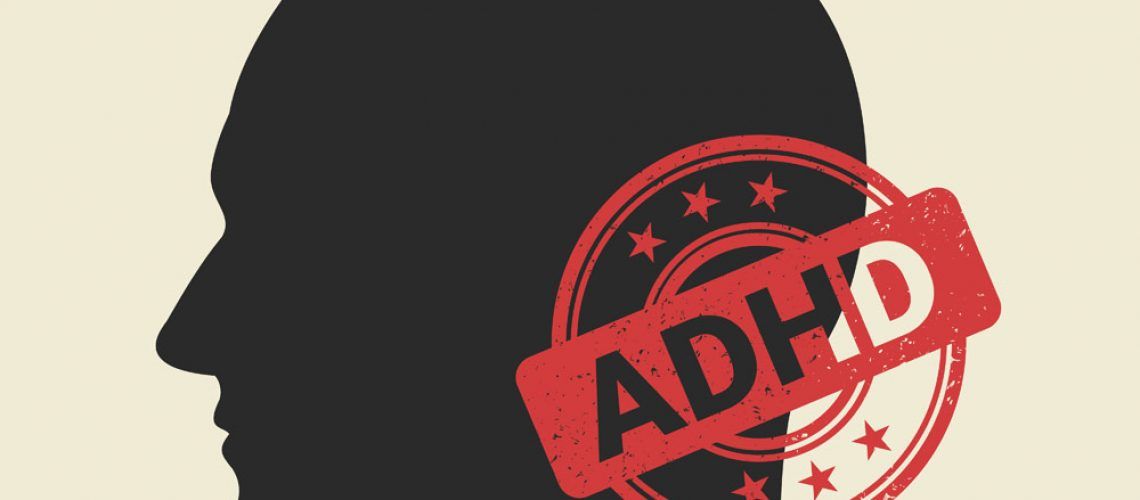Attention deficit hyperactivity disorder (ADHD) is a common mental health condition that affects about 10% of the U.S. population, according to CHADD. Even with all of the advancements in science and technology over the years, ADHD can still be a tricky condition to diagnose. Thorough testing is required for determining the precise type of ADHD a child has and the severity of their disorder. With an experienced mental health professional administering the testing and treatment of ADHD, a person can learn to manage symptoms.
However, that hasn’t always been the case. In the 115 years since ADHD was first observed, the scientific community has used a wide array of treatments, terminology, and testing in to understand ADHD. The wide variance contributes to why today many people refer to ADHD as ADD, even though the term hasn’t been used professionally in decades.
Let’s take a closer look at the unique and exciting history of ADHD.
First Observations
While there were mentions to ADHD-like symptoms as far back as the 18th century, most historians trace ADHD beginnings to Sir Frederick Still observations in 1902. Sir Frederick Still was a renowned pediatrician in London who is commonly referenced as the father of British pediatrics. His initial observations described ADHD as a “defect of moral consciousness”. Still incorrectly thought that ADHD was a matter of children not taking their schoolwork seriously, and saw it as an issue with control.
Soon after in 1908, a physician named Alfred F. Tredgold described symptoms that led children to struggle in school as a high-grade-feeble minded form of brain damage. He was the first to detect that inattention and hyperactivity were primary symptoms of ADHD. Though, like Still, Tredgold was off on the cause of the inattentive and hyperactive symptoms.
Benzedrine Treatments and DSM 1
In the decades following the work of Still and Tredgold, some advancements were made but broadly speaking the medical community still had a long way to go. Studies were being done and children with ADHD were being observed, but determining the cause of ADHD remained elusive and treatments were experimental. In 1937, Dr. Charles Bradley would change that when he published his study documenting his use of Benzedrine on children exhibiting ADHD symptoms.
This was the first time that medication had been used as a treatment method of ADHD, a condition that still lacked a definitive medical name at this time. Bradley’s use of Benzedrine showed promise, and that year the FDA approved the medication for use. While his findings are widely recognized in hindsight, at the moment there was not a large surge in treatment based on his results.
Decades later in 1952 a half-century after Still’s first observations, the American Psychological Association (APA) published their first edition of Diagnostic and Statistical Manual of Mental Disorder (DSM). Although, the lengthy manual featured no mention of a disorder of ADHD. IN the 1950s and 1960s, term that was being used in this time period for ADHD was Minimal Brain Dysfunction Syndrome and the symptoms of ADHD were starting to be treated more regularly with stimulants such as Benzedrine and Ritalin. Using stimulants as a treatment method tapered a bit in the 1970s, as stimulants began to be regulated more strictly.
When the DSM III was released in 1980, the disorder was finally given a name: Attention Deficit Disorder (ADD). This was the first time the disorder was assigned subtypes, segmenting the disorder by hyperactivity and non-hyperactivity. A mere seven years later in 1987, a revised edition of the DSM III was released and the disorder was reclassified as ADHD. Despite the change, the term ADD is still widely and incorrectly used.
Modern Testing and Treatment
The 1980s and 1990s were a period where ADHD was studied in tremendous detail. The public’s awareness of ADHD was heightened during this time, as educators and parents alike began to watch for early symptoms in children.
In 2000, the DSM IV was released and our modern ADHD diagnostic naming conventions for the three types of ADHD was created. As is still the case today, discourse discussing whether or children should be prescribed stimulants was a talking point of the time. By result, Strattera was released in 2002 and became the first FDA-approved medication for ADHD that was a non-stimulant.
In the past decade or so, testing and diagnostics have gotten more advanced and mental health professionals are able to pinpoint individual symptoms and create custom-treatment methods accordingly.
Family Psychiatry and Therapy
At Family Psychiatry and Therapy, our staff possesses over 20 years of brain-training experience that, in combination with our state-of-the-art technology, makes us the go-to mental health professionals for ADHD testing and treatment. Instead of quickly diagnosing and prescribing medication to your child, we will take our time to identify the particular type of ADHD your child is experiencing, and create a custom-built training system to help your child overcome the symptoms of ADHD.
To schedule a diagnostic evaluation for your child, or to learn more about why we are so good at what we do, contact us today.



